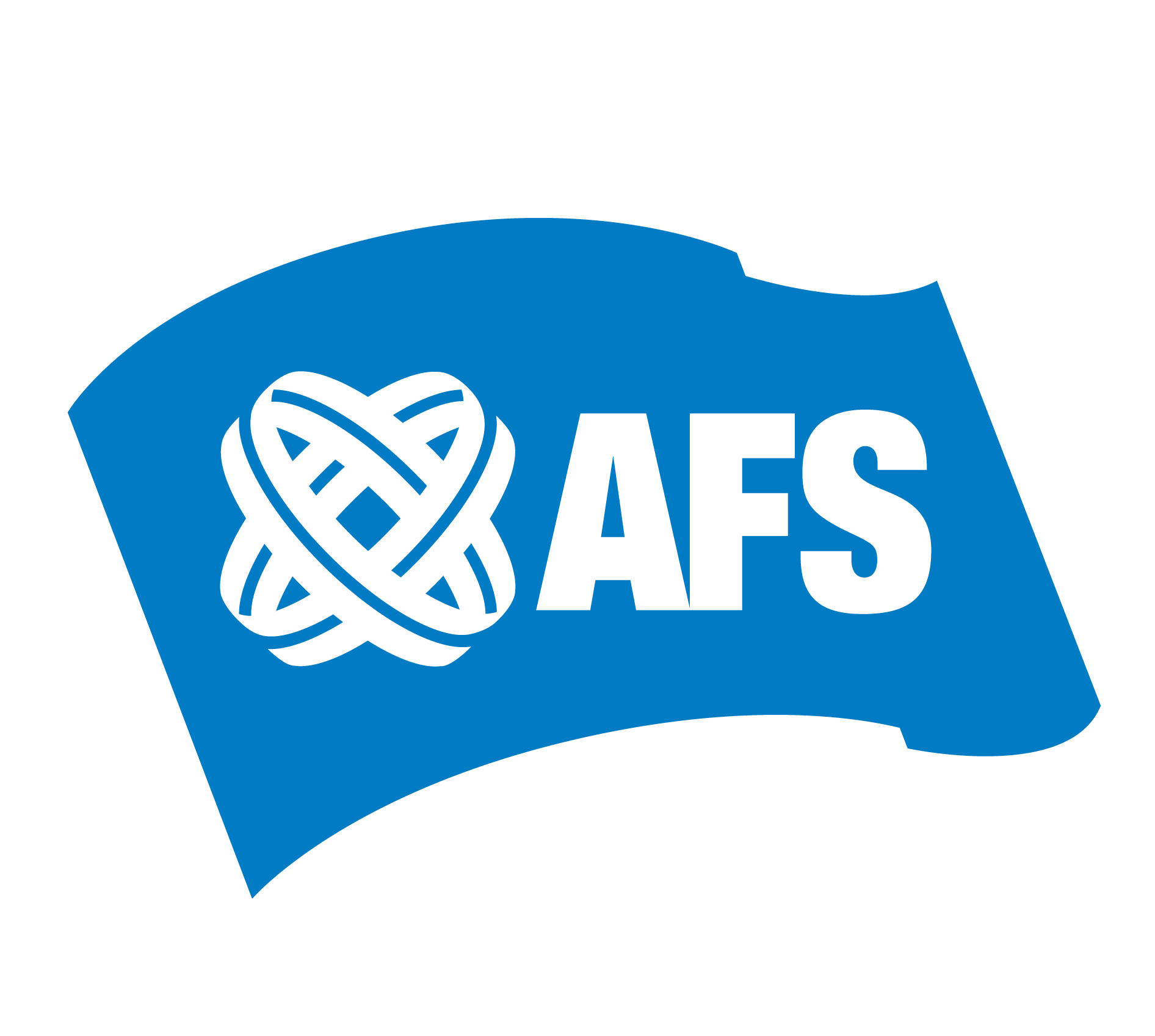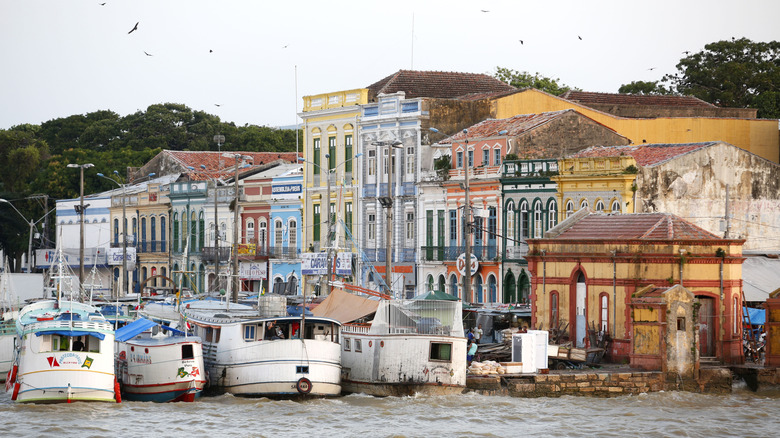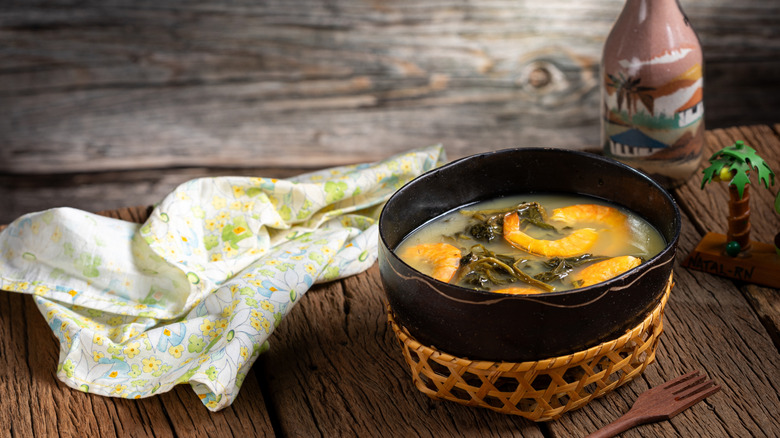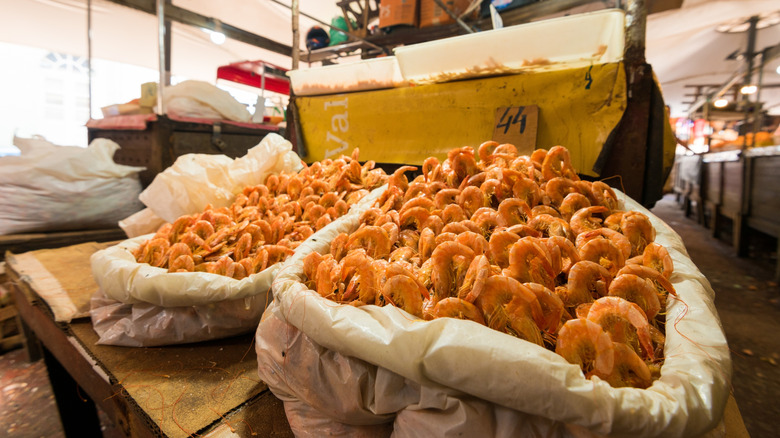Brazil, the largest country in South America, knows a thing or two about food. Sure, most travelers come for the world-famous Copacabana Beach in Rio de Janeiro or to unwind in the bohemian charm of Búzios. But when it comes to flavors, nowhere else offers the sheer diversity of ingredients found here. From the hearty feijoada to the refreshing burst of açaí berries — not to mention, the one and only caipirinha with its unmistakable cachaça kick — Brazilian cuisine is a journey for the taste buds.
Head northeast, closer to the Amazon Rainforest, and you’ll land in Belém, a city where food is a way of life. Here, gastronomy is an art form, a cultural expression, and an experience so distinct that UNESCO has named it a Creative City of Gastronomy. The taste is bold, ingredients unexpected, and concoctions unlike anything you’ve ever tasted (yes, caruru, we’re talking about you). If you think you know Brazilian food, Belém will prove you haven’t even scratched the surface — you’d better step up from snacking on pão de queijo.
Belém thrives in a humid, tropical climate that fuels ingredients rarely found anywhere else. The rivers and islands surrounding it bring an endless supply of fish, exotic fruits, and herbs that set its cuisine apart. Açaí here isn’t only a sweet, blended smoothie served in other parts of Brazil — it’s also eaten with fish. Cacao is used in ways that go beyond chocolate, while pupunha, a buttery palm fruit, adds depth to many meals. Every plate in Belém carries the taste of the Amazon, with robust, natural infusions that come straight from the source. Your next dinner is worth the trip — Aeroporto Internacional de Belém is your ticket in.
Eat your way through the port city of Belém
Since many ingredients aren’t found anywhere else in the country, Belém’s food scene is a culinary adventure. Most of its renowned dishes have African roots, brought over by enslaved people who adapted their traditional recipes with local ingredients. Maniçoba is the first thing you need to try. Often called the feijoada of Pará, it takes up to an entire week to prepare. Cassava leaves are cooked down until they lose their natural toxicity, then mixed with jambú leaves and several pork cuts. The result is an earthy stew that soaks up the fattiness of the meat. Another must-have is tacacá, a hot, tangy soup prepared with tucupi (yellow liquid extracted from a wild manioc root), dried shrimp, manioc starch, and lots of jambú. The tingling, numbing sensation from the jambú makes every sip unforgettable.
For something packed with spices, caruru Paraense is a unique choice. This stew combines okra, dried shrimp, ginger, chili peppers, and palm oil. The cherry on top is the cheiro-verde, which makes caruru such a delicious dish — it’s best paired with rice. A standout meal is the iconic vatapá, a creamy, coconut-rich shrimp stew thickened with bread and combined with peanuts or cashews. Originally from Bahia, vatapá naturally made its way to Belém, where it might even be fresher and more decadent. It’s smooth, savory, and full of warmth, and every bite is a feast for the senses.
As for drinks, nothing beats guaraná da Amazônia. This healthy shake is blended using cashews, peanuts, and syrup from guaraná seeds. And if you want to have açaí, you can order it as a sweet treat or a savory side dish with seafood.




